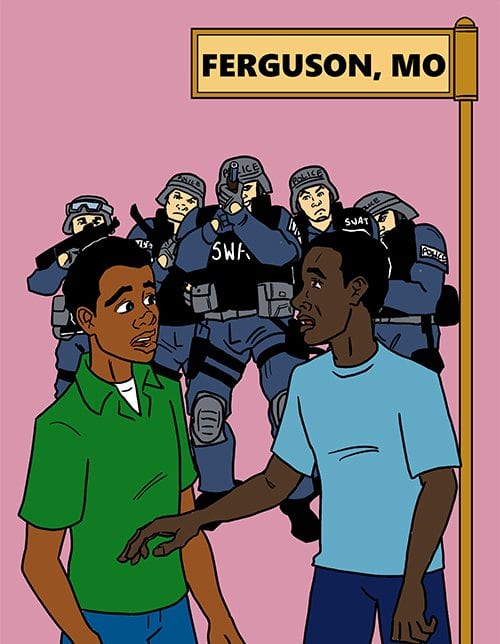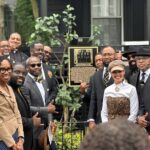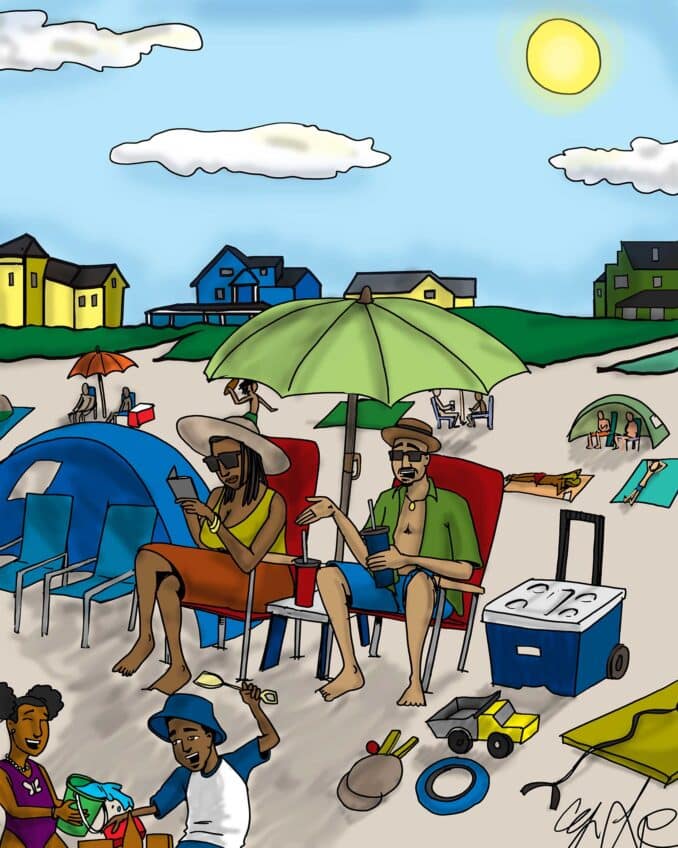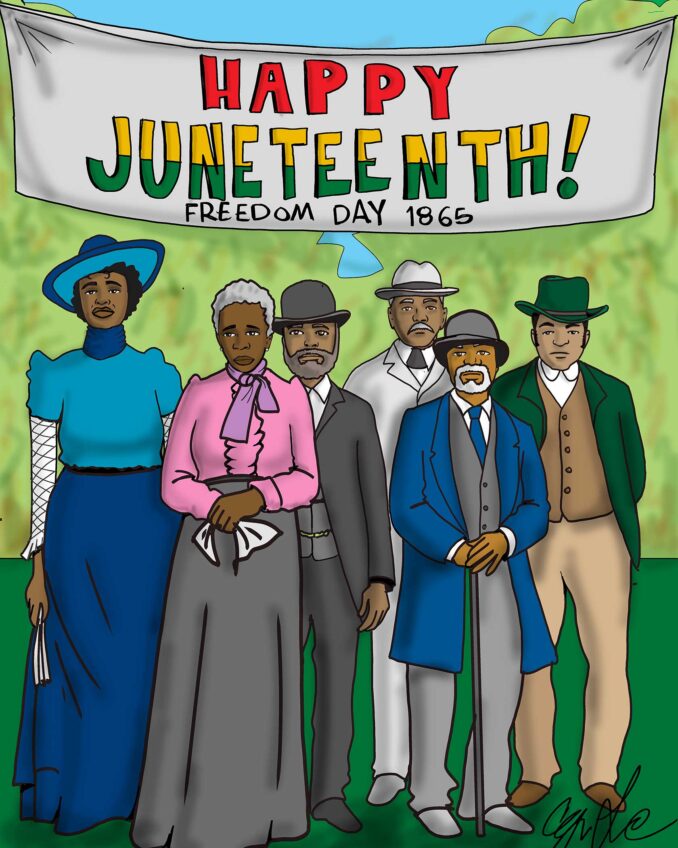
A war has been waging for decades, or even longer, between the police and black males. News reports of the battles have confused the citizens about the nature of the conflicts. People have been led to believe that the casualties are simply the result of good police work. Periodically, an incident like the shooting death of Michael Brown in Ferguson, Mo., causes citizens to question the legitimacy of another fatal police shooting of a black man.
During the Civil Rights Movement the police came out in military combat mode to suppress protests. Their storm trooper tactics even offended whites who were the beneficiaries of police efforts to maintain normal public order. The 1965 police attack with dogs and water hoses on women and children at the Edmund Pettus Bridge in Selma, Ala., was opposed by even some supporters of racial discrimination. And the violent Chicago police attack on protestors at the 1968 Democratic Convention even disturbed conservatives.
In the 1960s, police departments across the country launched “Officer Friendly” programs to counter the bad publicity about the police and induce young people to view the police as committed to public service — “to protect and serve.” This view of the police became prevalent in affluent suburbs, but it was contrary to the reality of black neighborhoods. The demographic shift in Ferguson, Mo., demonstrates how a potential powder keg can be created.
In 1980, the town’s population was 85 percent white and 14 percent black. By 2010 the residents had become predominantly black, 69 percent to only 29 percent white. However, the town’s power structure remained white. Five of the six City Council members are white as well as the mayor and the chief of police. And only three of Ferguson’s 53 police officers are black. The military armaments displayed by the police in the demonstrations following Michael Brown’s shooting certainly created an aura of racial oppression.
The police use of deadly force is a common practice in America. It is estimated that there are about 400 such deaths every year, and the district attorneys and courts usually find that the homicides are justifiable. Black males constitute a disproportionate number of these victims of the homicides by police officers. Black men everywhere consider themselves to be potential targets.
The recent killing of Michael Brown in Ferguson and Eric Garner in Staten Island, N.Y., have generated national attention to the police use of deadly force. The FBI is already investigating the Brown case, and the coroner has determined that Garner, who was killed by a chokehold, is a victim of murder. But as often happens in such cases, critics have focused on the wrong target, the “broken windows” policing policy.
The fundamental assumption of that policy is to enforce the law on minor offenses in order to restore a sense of law and order that reduces criminality in the society. Opponents are concerned that contact with the police on petty issues will expose citizens to possible violent interactions. However, it makes no sense to abstain from any law enforcement because America has developed into a violent society.
In England, police officers do not even carry guns except on those occasions when it is necessary to do so. With so many citizens armed in America, the police constantly need firearms. That is a consequence of the Second Amendment to the U.S. Constitution.
The only protection African Americans have against police excesses is political assertiveness. The situation won’t change in Ferguson until blacks vote and realign the town’s power structure.






